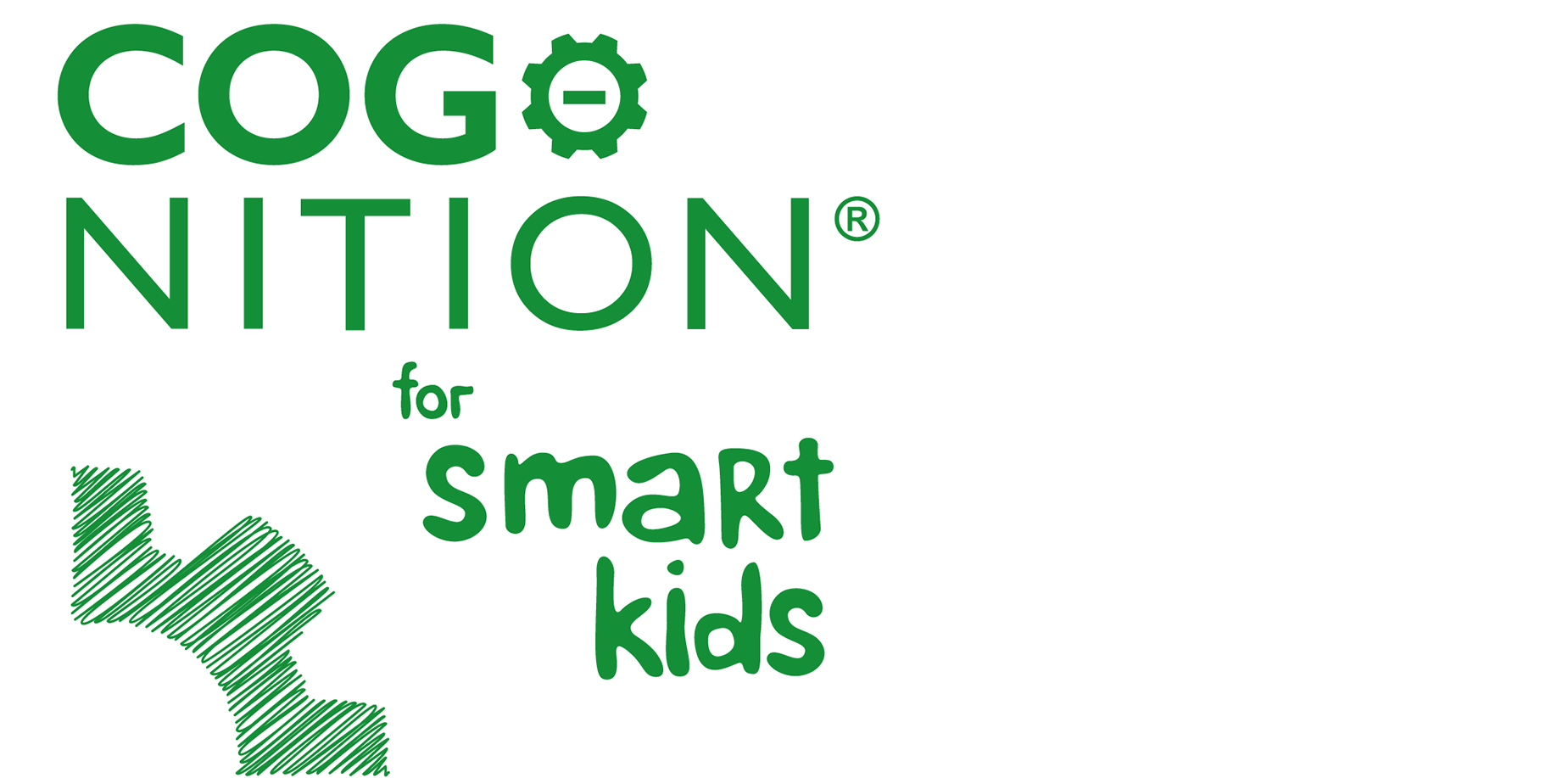Gut Irritants: What to Reduce or Avoid
While fibre and complex carbohydrates are generally a good thing some children with digestive problems such as Crohn’s disease, ulcerative colitis, irritable bowel syndrome (IBS), and celiac disease might actually benefit from a type of ‘elimination’ diet called a Specific Carbohydrate Diet (SCD) that removes complex carbohydrates which may serve as a food source for the wrong kind of organisms in the gut microbiome where imbalance may be occuring.
It is worth considering if you child has these kinds of symptoms:
• Chronic diarrhoea or constipation
• Bloating or excessive gas
• Abdominal pain or cramping
• Frequent nausea
• Foul-smelling or floating stools
• Undigested food in stool
• Urgency or incontinence
• Mucus in stool
This has been shown to help symptoms of malabsorption or gut inflammation such as unexplained weight loss, fatigue or weakness, anaemia or low iron levels, vitamin deficiencies despite supplementation or poor growth. Also, a Specific Carbohydrate Diet may help symptoms of:
◦ Brain fog (difficulty concentrating, poor memory)
◦ Irritability or mood swings
◦ Low frustration tolerance
◦ Anxiety or panic
◦ Depression or low mood
◦ Lack of motivation or apathy
◦ Sleep disturbances (difficulty falling or staying asleep)
◦ Speech Delay
◦ Hyperactivity
◦ Impulsivity
◦ Difficulty sitting still or focusing (ADHD-like symptoms)
◦ Oppositional or defiant behaviour
◦ Aggressive outbursts or tantrums
◦ Obsessive or repetitive behaviours
◦ Social withdrawal or lack of engagement
◦ Sensory sensitivities (to sounds, textures, lights, etc.)
If your child is ticking several of these boxes it may well be worth experimenting with a trial period of a Specific Carbohydrate Diet. The reason for certain foods being ‘Allowed’ and ‘prohibited’ relates to how complex they are, either providing a simple sugar such as amylose, glucose or fructose compared to a complex carbohydrate such as amylopectin, found in some beans, chickpeas, potatoes and corn.
| Allowed Foods:
(organic foods whenever possible) |
Prohibited Foods:
|
| Honey (raw honey is best) | Wheat |
| Fruit | All grains (even “gluten-free” are prohibited) |
| Vegetables (fresh or frozen – not canned) | Rice |
| Tomatoes and tomato sauces | Corn/corn Syrup/cornstarch |
| Nuts and nut butters (preferably Soaked/Sprouted/Dehydrated) | Tapioca |
| Coconut | Potatoes |
| Eggs (free-range is best) | Oats |
| Chicken & meat (grassfed is best) | Most dairy |
| Fish (not farmed) | Most beans* |
| Ghee (clarified butter) | Chocolate |
| Fermented Raw Dairy (such as Yogurt and Kefir. A2 milk is preferred.) | Peanuts (due to aflatoxin mold) |
| Canned Foods (but, canned tuna allowed in moderation) | |
| Sugar/Brown Sugar/Molasses/Evaporated Cane Juice | |
| Maple Syrup | |
| Artificial Sweeteners | |
| Artificial Food Dyes and Preservatives | |
| Annatto (natural yellow food dye E160b – may trigger ADHD symptoms) | |
| Soybeans/soya milk/tempeh | |
| *Some children can tolerate soaked lentils, navy beans, kidney beans and black beans. |
There’s a couple of really good books to help you follow a Specific Carbohydrate Diet including the Brain Food Cookbook by Dr Angela Taylor and Breaking the Vicious Cycle by Elaine Gottschall.
This is not a diet for life but rather a way to ‘reset’ healthy digestion, worth exploring if your child has unexplained digestion and potentially related cognitive and behavioural problems as shown above.
How to Implement Change
Today’s Challenge: Read this Report in your library: Digestive Irritants to Avoid
📌 Next email: The Gut-Brain reaction: Finding your child’s food intolerance’s
Wishing you and your child the best of health and happiness,
The COGNITION for Smart Kids & Teens Team
Further info
